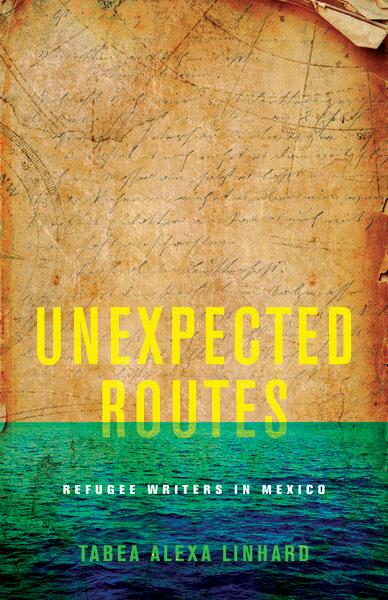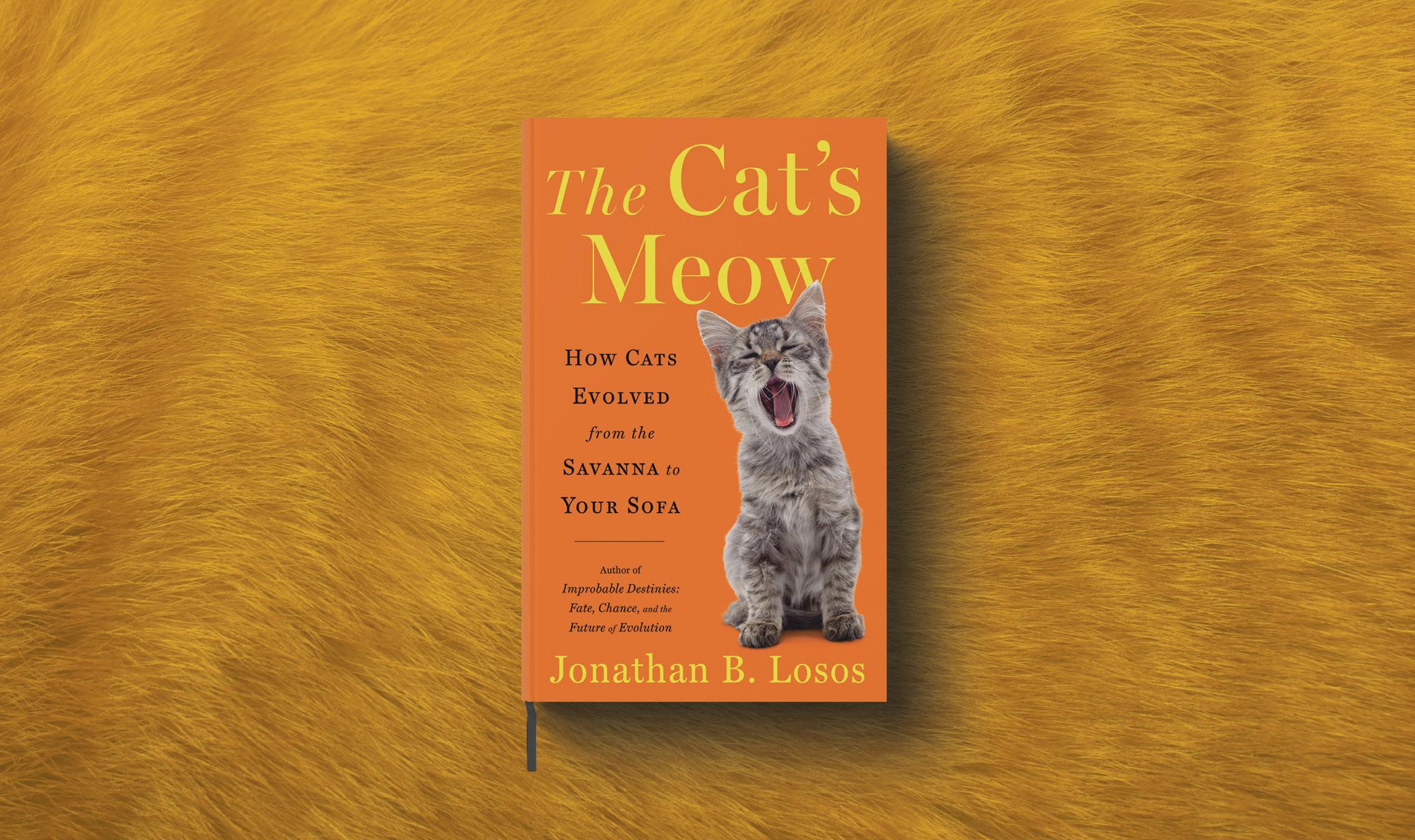
1 minute read
Copycats
by CHRIS WOOLSTON
Somewhere between 4,000 and 10,000 years ago, wildcats in the Fertile Crescent made a bold move. Humans had started to raise and store grains to feed their growing villages, and those piles of grain attracted mice. The bravest of the wildcats lurked around huts and grain bins looking for mice, a decision that set off a cathuman partnership that has spanned millennia.
Advertisement
“We didn’t really seek out cats,” said Jonathan Losos, the William H. Danforth Distinguished University Professor and director of the Living Earth Collaborative. “They sought out us.”
Losos explores the origins and biology of domestic cats in his new book “The Cat’s Meow: How Cats Evolved from the Savanna to Your Sofa.”
Losos, who teaches an upper-level WashU biology course called “The Science of Cats,” understands the appeal of felines. He lives with four: Archie, Jane, Winston, and Nelson. But his book goes far beyond a mere appreciation of his four-legged housemates. He uses cats as vessels for deep thinking about biodiversity, evolution, and ecology, all while giving readers a richer understanding of felines, including the subtle differences between domestic cats and their wild ancestors.
Domestic cats span a wide spectrum of colors, hair types, and personalities. But even with that diversity, cats can’t match the many shapes and sizes of dogs. So, why are cats all so catlike?
Losos explains that humans have had relatively little time to tinker with feline breeding (cats were domesticated at least 10,000 years after dogs). But there may also be a more practical reason why there’s no housecat version of a Great Dane: “Maybe breeders just had the good sense to not create a 50-pound cat.”
Departments of Romance Languages and Literatures & Comparative Literature A Planetary AvantGarde: Experimental Literature Networks and the Legacy of Iberian Colonialism

Ignacio Infante
Department of Jewish, Islamic, and Middle Eastern Studies
Disenchanting the Caliphate: The Secular Discipline of Power in Abbasid Political Thought
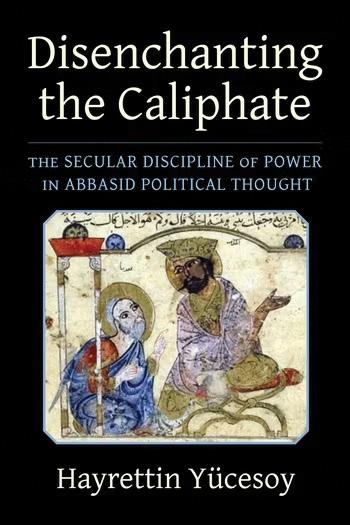
Hayrettin Yücesoy
Religious Studies
The Opening of the Protestant Mind: How Anglo-American Protestants Embraced Religious Liberty
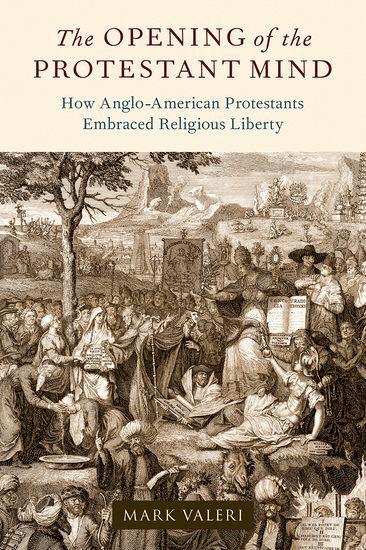
Mark Valeri
Department of English
My Trade Is Mystery: Seven Meditations from a Life in Writing
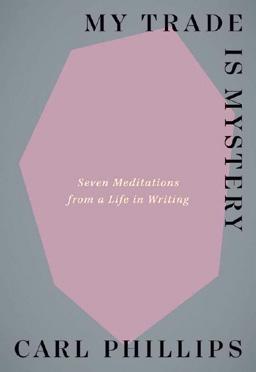
Carl Phillips
Department of Art History and Archaeology
Border Ecology: Art and Environmental Crisis at the Margins
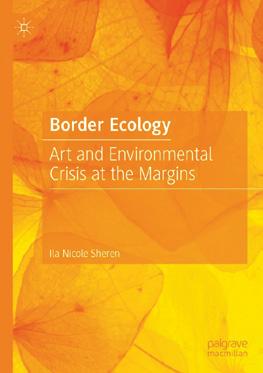
Ila Sheren
Global Studies
Unexpected Routes: Refugee Writers in Mexico
Tabea Alexa Linhard
